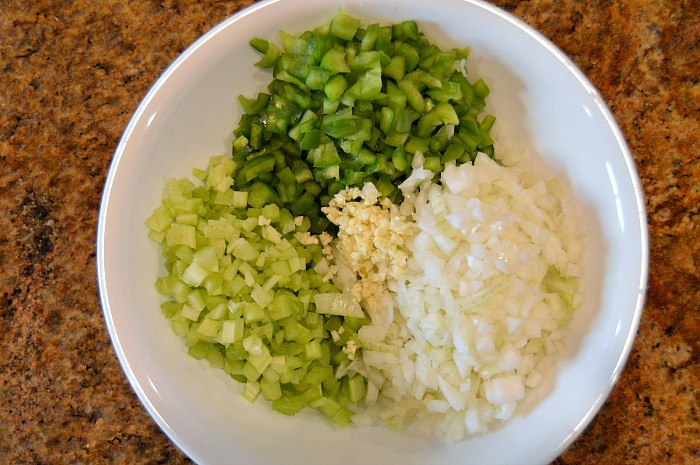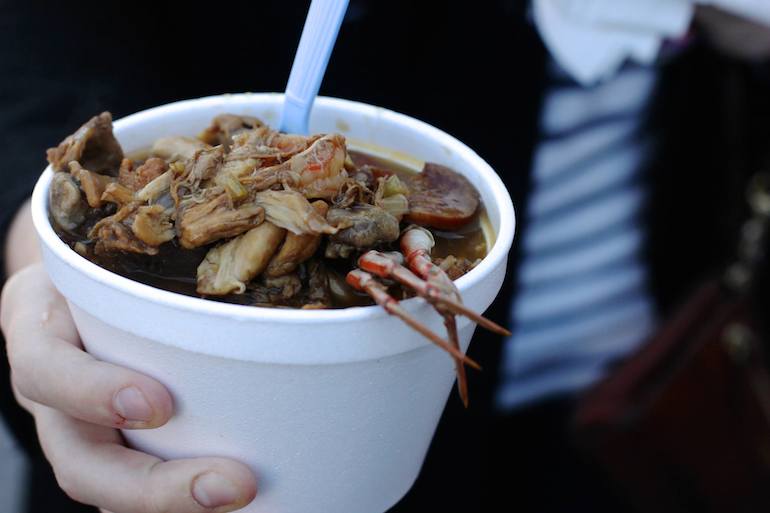Ever wanted to make a bomb-ass creole dish and didn’t know where to start? Well, look no further. Here’s a quick how-to so you can get those creative juices flowing, so you can get to the kitchen and start cooking Creole food.
The fierce flavors of Creole cooking, like in this yummy crawfish etoufee, have been a staple to Louisiana culture for many years and is quite easily one of the most sought-after types of food in the United States. Many people travel to Louisiana to get a taste of good ole Creole food.
History

Photo courtesy of commons.wikimedia.org
The term “Creole” refers to the people that were descendants of the French and the Spanish in the 1700s that settled in New Orleans, Louisiana. Creole food is a blend of flavors from different cultures: German, Spanish, French, African, and many more. Creole foods are spiced perfectly with seasonings like paprika, red pepper, garlic, and onion. These flavors contribute to dishes like red beans, gumbo, and gravies (and they taste AWESOME).
The Trinity

Photo by Vickie Nguyen
The one of the most important flavor bases of Creole cooking is the trinity. This trinity isn’t just any old combination of veggies either. It consists of onion, celery, and bell pepper and serves as a building block for most creole and cajun dishes, especially classic jambalaya.
The trinity is always sautéed with oil until the veggies are soft and translucent. It is added after meat is browned, so that the onion, celery, and bell pepper can work its ~magic~ by scraping up all the seasoned meat bits left in the pot. It differs from the usual three part combination, mirepoix (celery, onion, and carrot), because it adds the mild spice from the bell pepper, rather than a mild sweetness from carrot.
Tradition

Photo by Michelle Martin
All of our recipes are centered around tradition and passed down through the generations. We even pass down pots, because they build up with the flavor of the food that’s been cooked in it over time. (My dad has this cast iron pot – often called a “black pot” where I’m from – that he’ll pass down to me and won’t let me forget it.)
Everyone has their own recipes for our more traditional dishes, like bread pudding, but cooking creole food is open to interpretation and just needs to come from the heart. When you genuinely put good in, you will get good out.


